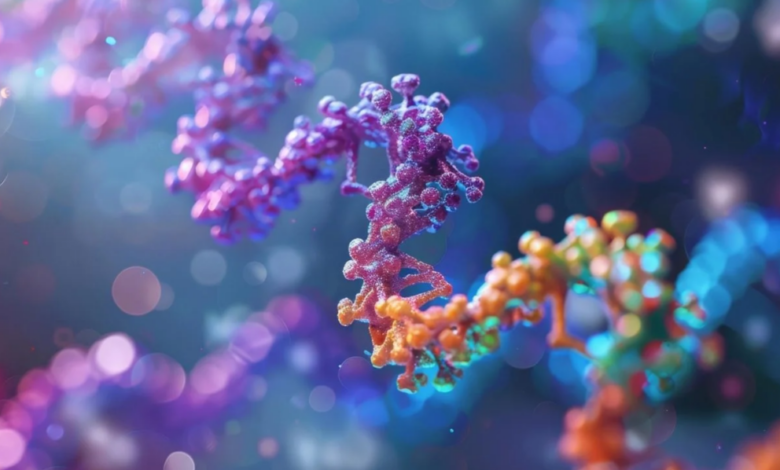AI Unlocks DNA Secrets for Medical Advancements

Researchers at Los Alamos National Laboratory have developed a groundbreaking AI model, EPBDxDNABERT-2, which enhances the understanding of transcription factors and gene activity, SciTech Daily reported yesterday.
This deep learning model focuses on “DNA breathing,” a process where the DNA double helix opens and closes, allowing for improved predictions of transcription factor bindings by 9.6%.
Transcription factors are proteins that regulate gene expression, playing a crucial role in diseases like cancer. The model was trained using gene sequencing data from 690 experiments, covering 161 transcription factors across 91 human cell types. The integration of DNA dynamics into the model allows for more accurate predictions of where these factors bind on DNA.
Utilizing the laboratory’s supercomputer, Venado, the researchers processed complex genomic data to uncover patterns that could significantly impact drug development. The versatility of EPBDxDNABERT-2 positions it as a powerful tool in computational genomics, potentially revolutionizing how researchers approach disease treatment and drug design by providing deeper insights into the genetic mechanisms underlying various diseases.





